We are now dealing with PDFs daily when it comes to our work and other personal tasks. And with those tasks, there are situations where it requires us to analyze charts, tables, and estimate calculations.
This is where we need to export the data to an Excel spreadsheet and do all the work.
In this blog, you will learn 4 easy ways to extract data from PDF to Excel so that you can be more efficient in your tasks and work smart rather than hard.
Read till the end to learn more about a bonus tool that can take your productivity to the next level.
Part 1. 4 Workable Solutions for Extracting Data from PDF to Excel
Let us learn about the 4 simple ways that you can use to extract specific data from PDF to Excel.
These 4 solutions will depend on different scenarios so you can use them according to the nature of the problem.
Scenario #1: Convert PDF to Excel without losing format
In this situation, you would want to simply export data from PDF to Excel without losing the formatting. You just want things to stay the same as you saw on the PDF. Hence, this is where you will need to use comprehensive PDF editing and converting tools like UPDF.
UPDF is your friendly PDF editing tool that can also help you convert PDF files into various file formats—including Excel.
Here are the steps to use its powerful conversion capability.
On desktop
Step 1. Download and launch UPDF and click Open File. Select the PDF file that you want to convert to an Excel spreadsheet.
Windows • macOS • iOS • Android 100% secure
Step 2. Once the PDF file is opened with UPDF, select the "PDF Converter" icon in the "Tools". Then, from the options, select Excel (.xlsx).
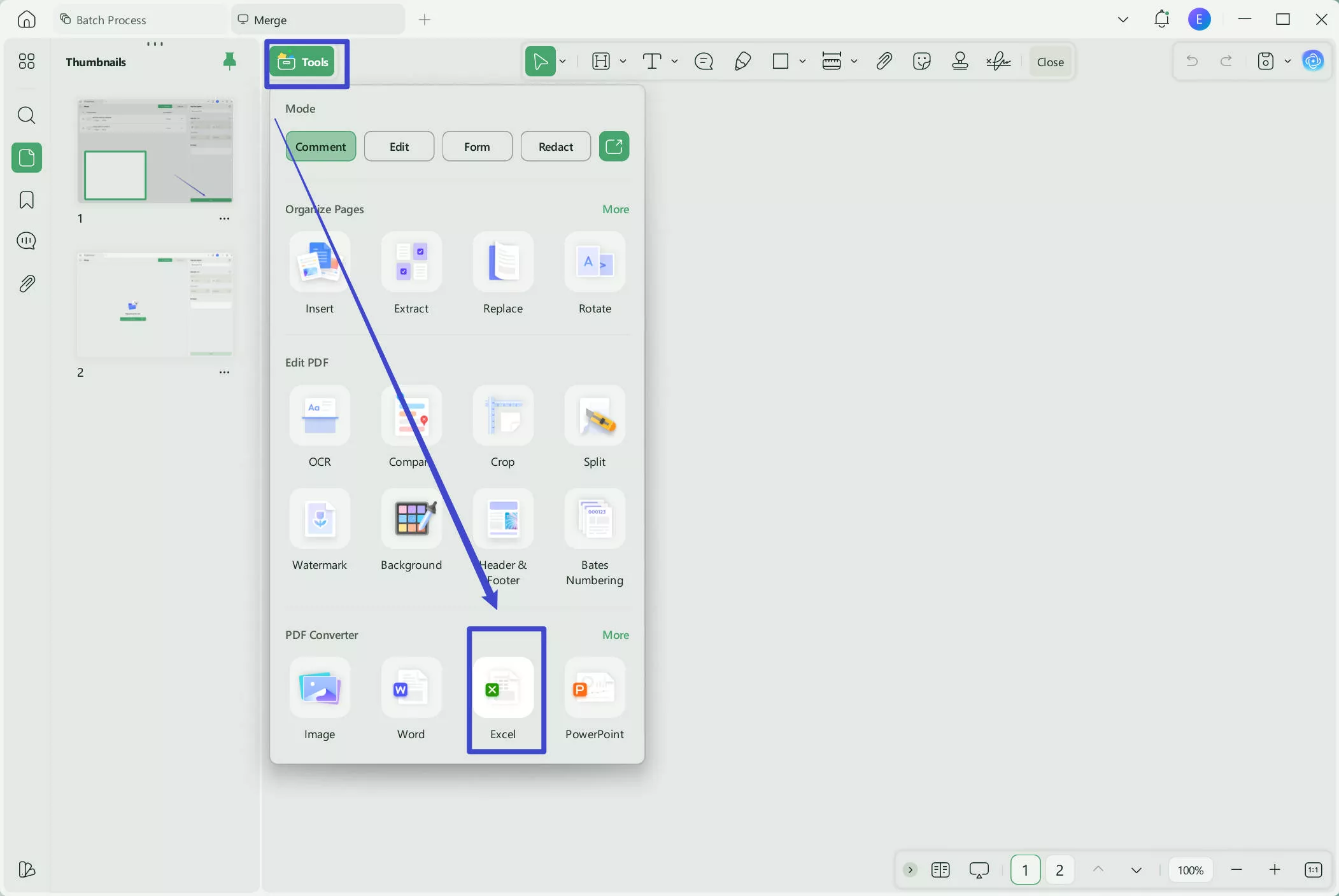
Step 3. A pop-up window will appear and you can specify the Output Format and the Page Range that you want to convert. Click the Export button when you are done.
On mobile
Step 1. Download and launch UPDF and click the "+" icon in the bottom right corner to select the PDF file that you want to convert to an Excel spreadsheet.
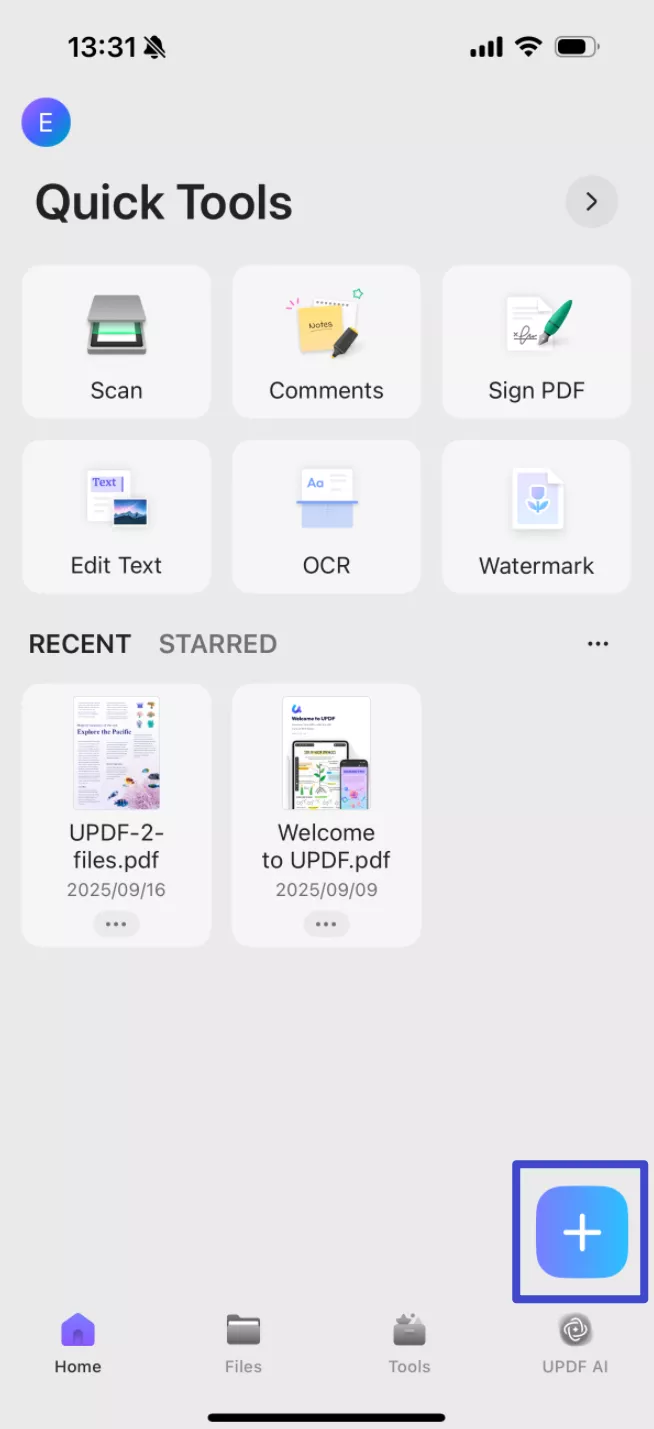
Step 2. Click "Tools" and choose "PDF to Excel".
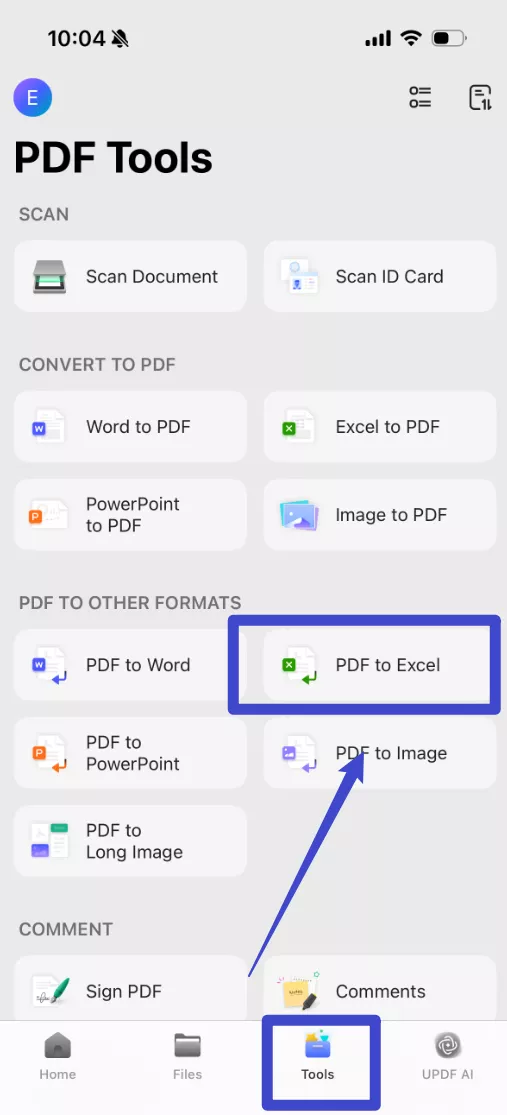
Step 3. A pop-up window will appear and you can specify the Output Format that you want to convert. Click the "Continue" button when you are done.
And that's about it. You have your PDF file converted successfully into an Excel spreadsheet—while its formatting is preserved.
It's easy to get your work process going in UPDF and the best part is it's free to get started.
Click the button below to download UPDF on your device for free.
Windows • macOS • iOS • Android 100% secure
Scenario #2: Transfer specific portions of data to Excel
In this situation, you probably want to transfer only some portions of the tabular data from PDF to Excel. For that, you can individually copy and paste them.
Follow these steps to learn how.
- Step 1. Open your PDF file and highlight the tabular data from a specific table. You can right-click and select Copy or simply press Ctrl + C.
- Step 2. Open a new Excel spreadsheet and on any cell, right-click and select Paste or press Ctrl + V.
Simple as that! Probably the easiest solution on this list.
However, the disadvantage of using this method is that it can be a tedious process and time-consuming to individually copy and paste each data. Moreover, it can lead to errors.
Scenario #3: Direct import data in Excel instantly
This method is another easy one and it won't take much of your time. You can directly import PDF data into Excel by following some steps in your Excel file.
Step 1. Open a new Excel spreadsheet and head over to the tab Data.
Step 2. Then, select Get Data, From File, and From PDF.
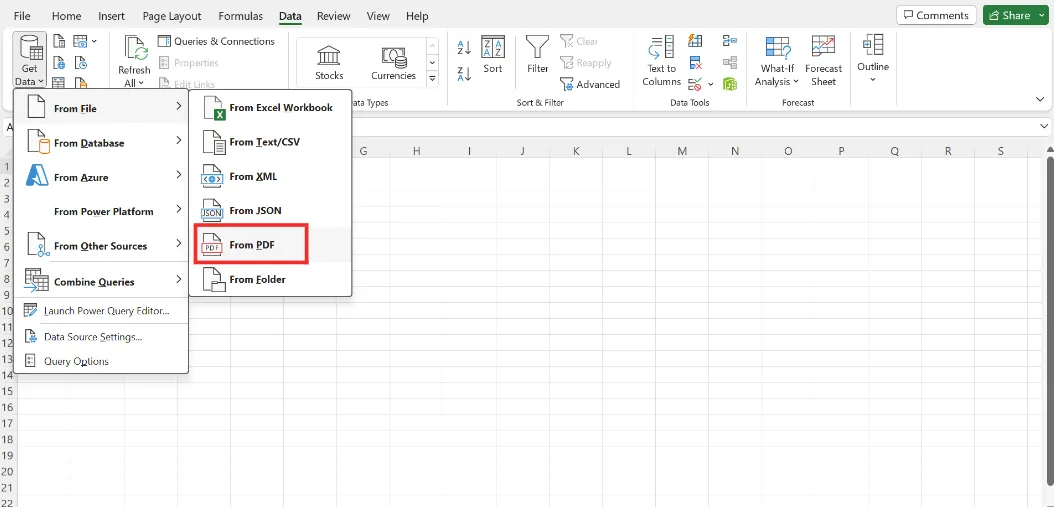
Step 3. Select the PDF file that you want to import and click Import.
Step 4. You will see a preview of the PDF in the Navigator pop-up window, you can then select the table and click Load, to import the table to your Excel spreadsheet.
It is a quick method you can use without requiring any third-party software. However, it isn't an ideal option for extracting bulk data and can result in formatting errors as shown in the illustration below.
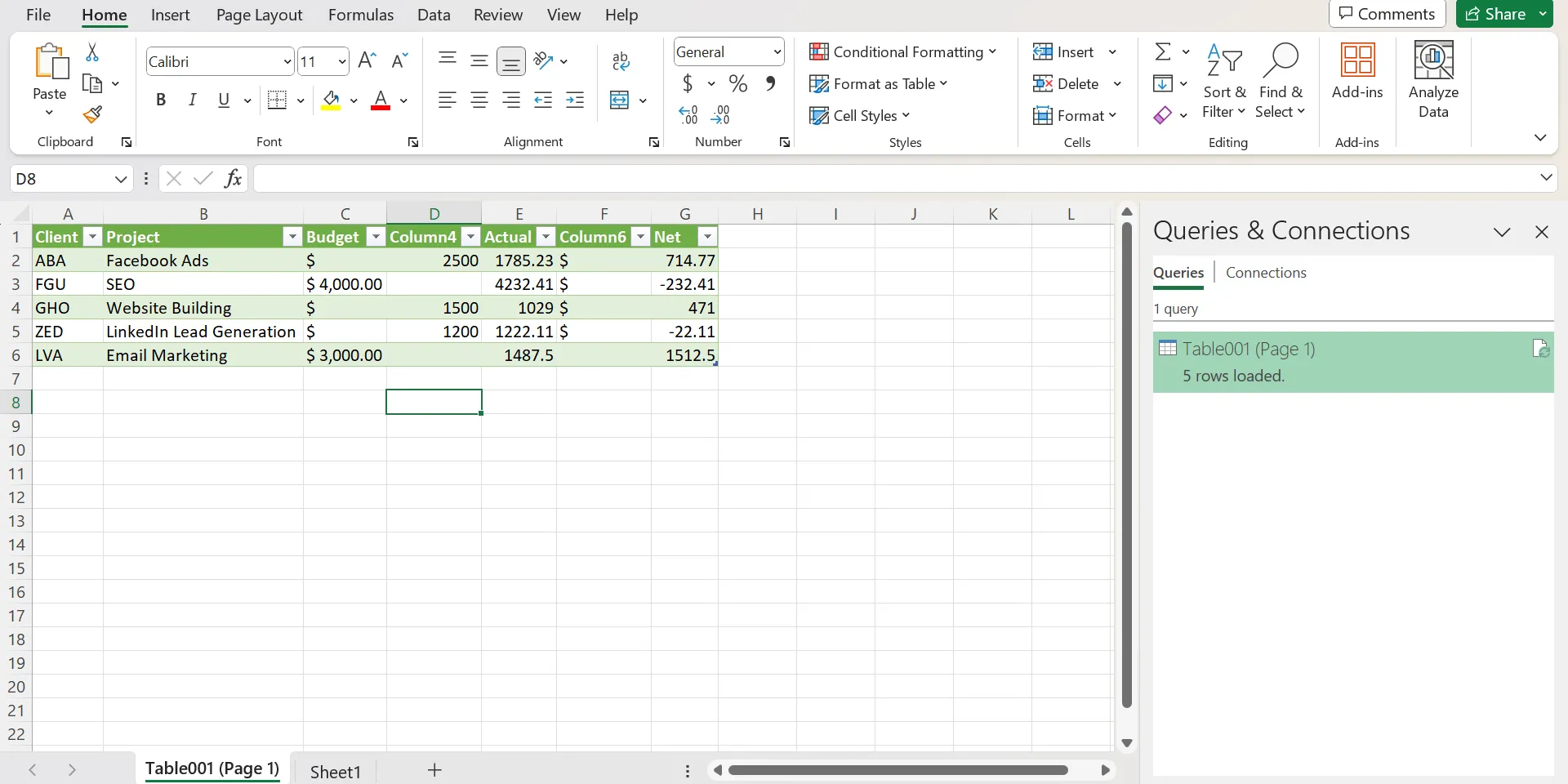
Scenario #4: Extract PDF tables using extraction tools
You might prefer using a table extraction tool that just requires you to import data from a specific table rather than the entire PDF.
For that, you can use reliable PDF table extraction tools and there are many of them available online. But for this blog, we will cover a popular extraction tool called Tabula.
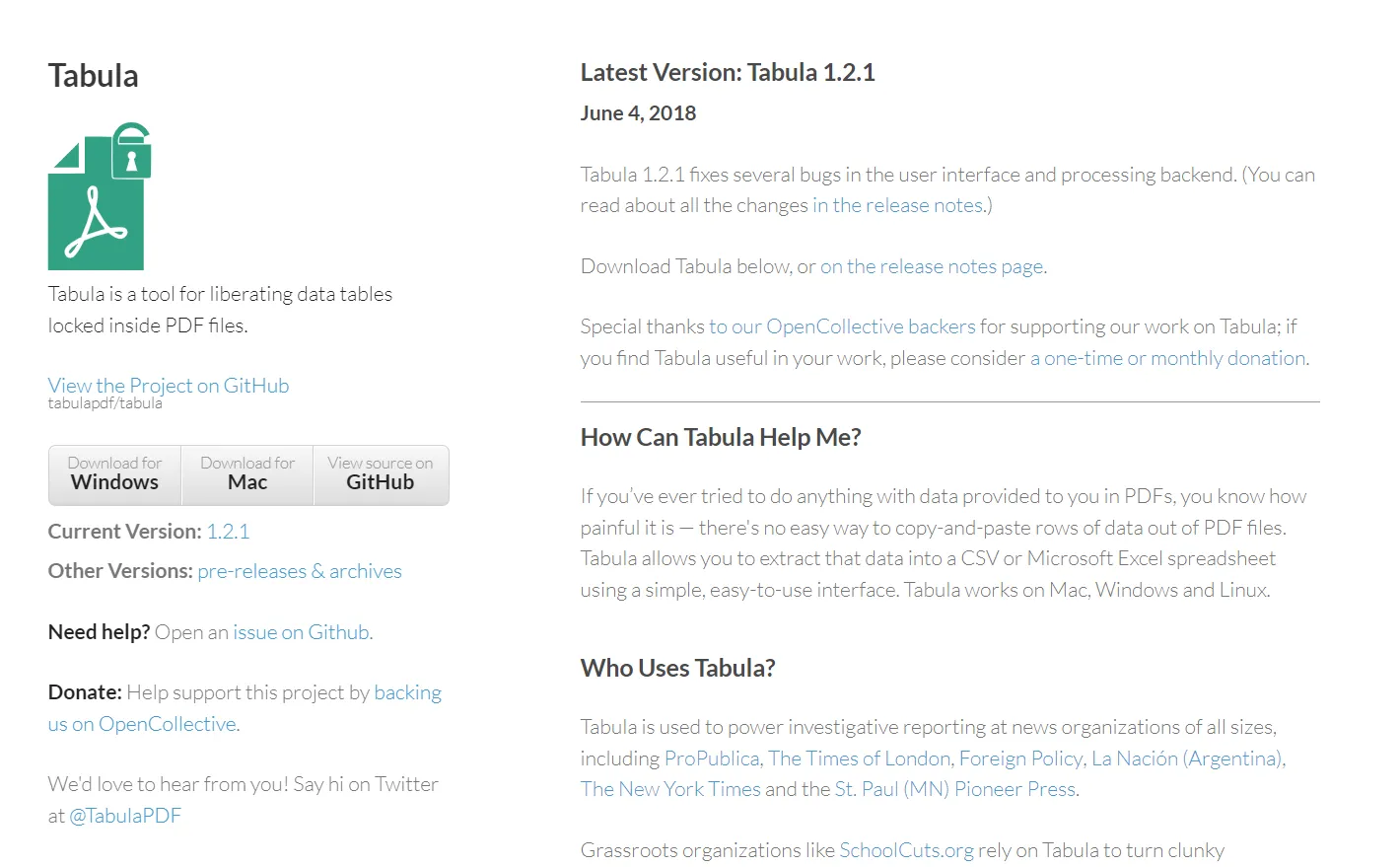
Here are the steps you can follow to learn how to extract a table with Tabula.
- Step 1. Launch Tabula and upload a PDF file that contains the table you want to extract.
- Step 2. You can browse your PDF pages and then draw a box around the table by clicking and dragging your cursor.
- Step 3. Then, click Preview & Export Extracted Data so that you can finalize whether the table you have selected is the data you want to fully extract.
- Step 4. Finally, click the Export button and you can save your data as an Excel spreadsheet file.
Using PDF table extraction tools like Tabula, PdfTables, and Camelot, can help you to quickly extract data from a table.
Nevertheless, it should be kept in mind that these tools only work well with native PDFs and not scanned ones. In addition, it can still be prone to formatting errors sometimes so not really your ideal solution long term.
What's the ideal solution, then?
Out of the 4 easy solutions discussed above, you need to consider the method that will be reliable to you for the long term and make your work process more efficient.
For that, it's better to convert the PDF file to Excel and make use of UPDF since it offers a lot of editing features that can help you modify your PDF and keep exporting them multiple times to Excel with the push of a button.
You can download UPDF for free and start exploring these features straightaway but keep reading to learn more about what UPDF can unlock for you.
Windows • macOS • iOS • Android 100% secure
Part 2. UPDF Can Do More Than Extracting Data for You
When considering long-term workflow when you are dealing with multiple PDF files, you need more than just knowing how to extract data and transfer them. You need the full package!
UPDF is a reliable PDF editing tool that can help you achieve a lot of your document-related goals with its user-friendly interface.
Some of the common features of UPDF include:
- View PDF documents in convenient reading modes
- Edit content in PDF and have your changes saved instantly
- Organize your PDF by rearranging, inserting, and deleting pages
- Annotate your PDF using tools such as highlighters, markers, stickers, stamps, etc.
- Have your PDFs saved securely on UPDF Cloud
- Fill and Sign forms instantly
- Convert PDFs into various file formats including Excel, Word, PowerPoint, TXT, HTML, etc.
- UPDF can work on Windows, Mac, iOS, Android and Al Assistant can work on Web, Windows, Mac, Android and iOS, allowing you to access all these functionalities anytime, anywhere.
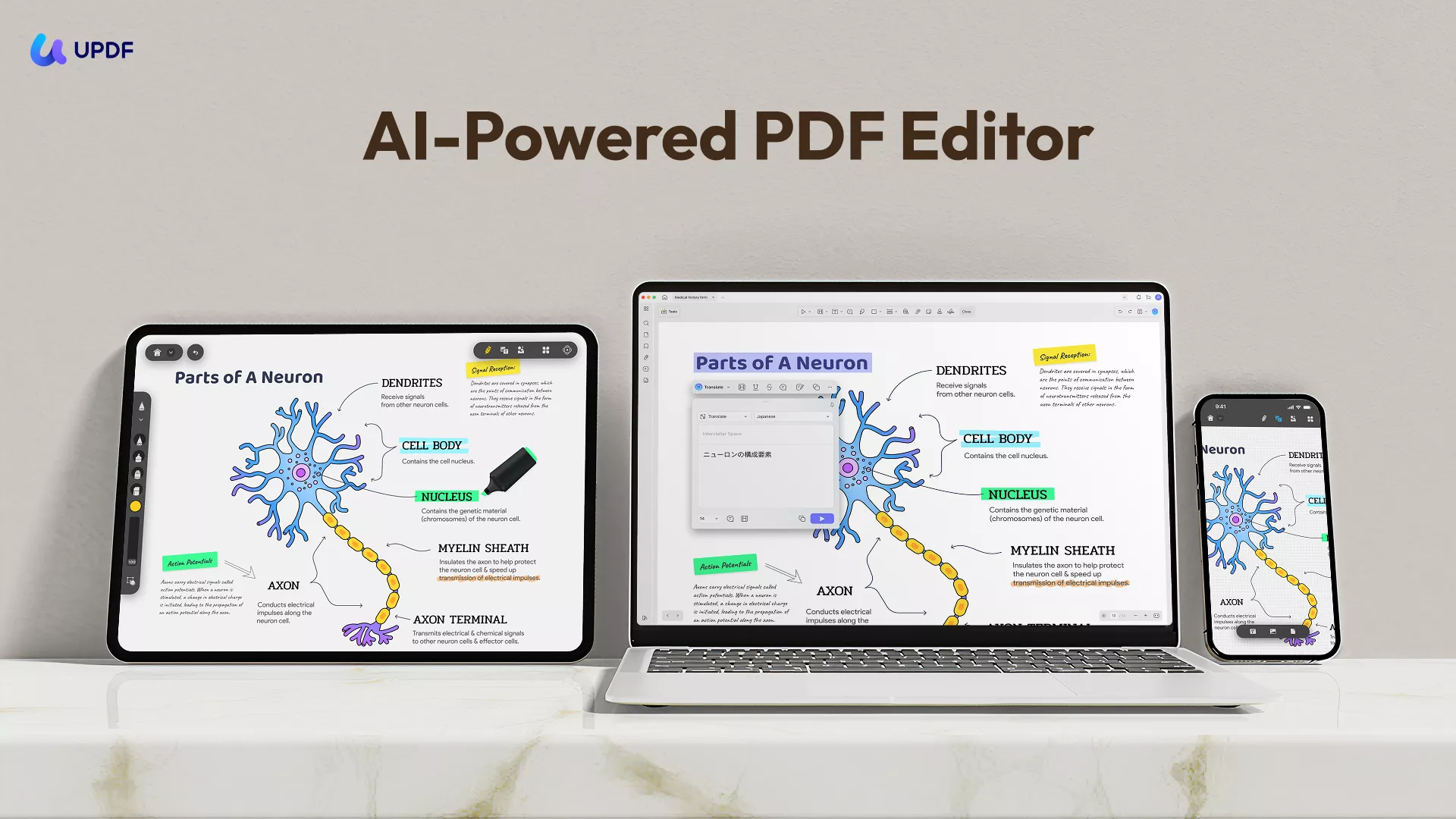
If this sounds what you are looking for, then you can get started for free by downloading UPDF on your device.
Windows • macOS • iOS • Android 100% secure
But that's not it… You can use AI and achieve even more!
If you were wondering if there was a way to not export tabular data to Excel and just analyze them yourself in your PDF file, then you aren't dreaming.
UPDF AI can elevate your productivity to another level by helping you analyze tables, charts, etc., and make you comprehend complex data better.
UPDF has an AI assistant that will help you to:
- Summarize texts, paragraphs, tables, and charts within seconds.
- Explain specific content with great detail.
- Translate text into various supported languages.
- Rewrite content and brainstorm writing ideas so that you can optimize your content.
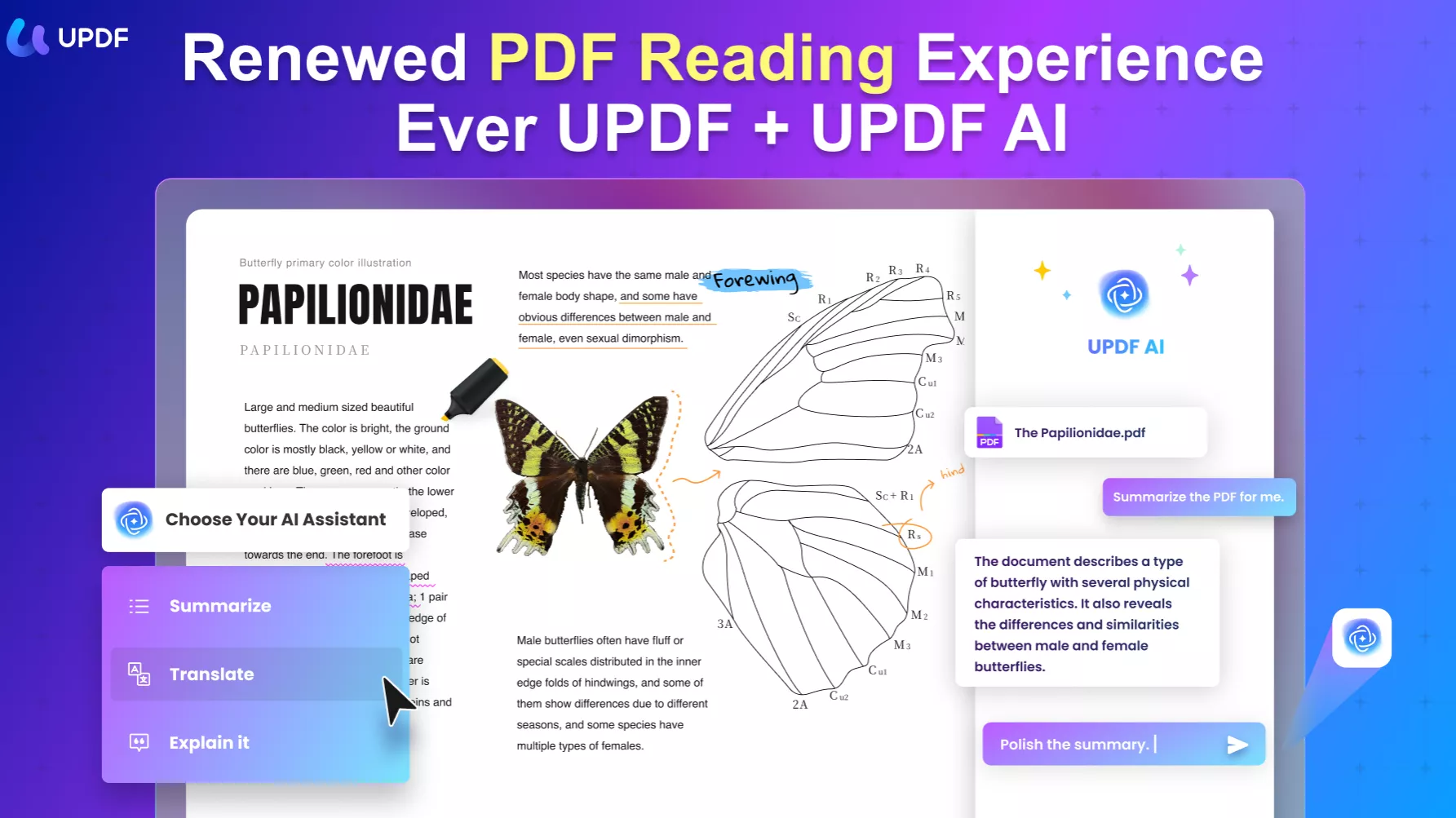
You can simply highlight the table or chart, right-click, and ask UPDF AI to analyze it for you. It's that simple, saving you time, and making you more efficient to achieve your goals.
Note
Windows • macOS • iOS • Android 100% secure
Part 3. Frequently-asked Questions About Extracting PDF Data
Q1. How do I extract text formatting from a PDF?
If you want to extract text formatting from scanned PDFs, then using a PDF tool with OCR capability like UPDF is ideal. You can perform this function by following these steps:
1.Launch UPDF and open the PDF file
2.Select Recognize Text Using OCR on the right
3.In the pop-up window, select Searchable PDF
4.Select Perform OCR
5.Then, you can click and select the text you want to extract
Q2. What is the best tool to extract text from a PDF?
UPDF is the ideal option for extracting text comfortably from a PDF. You can make use of these steps:
1.Launch UPDF and open the PDF file
2.Select Export PDF on the right
3.From the options you can select any file format you want to convert to
Q3. Why Excel sheet get cut off when converting to PDF?
The most common reason is that the width of the columns in the Excel sheet isn't enough to fit all the text so you will end up seeing some text cut off when you save it as PDF. It's ideal to check Page Margins. On the other hand, you can use UPDF's Create feature and have your Excel spreadsheet open as a PDF on the app by maintaining its formatting.
UPDF Can Help You Analyze Tables and Data Like Never Before…
The 4 workable solutions that were discussed in this blog can help you to extract data smartly from a PDF and use them in Excel.
Despite a few of them having their fair share of pros and cons, UPDF can help you maximize your workflow and help you convert PDFs to Excel spreadsheets in a matter of seconds.
Moreover, you can use UPDF's amazing core features and AI to boost your productivity massively by analyzing your data.
Download UPDF for free today and start making a difference in how you work.
Windows • macOS • iOS • Android 100% secure
 UPDF
UPDF
 UPDF for Windows
UPDF for Windows UPDF for Mac
UPDF for Mac UPDF for iPhone/iPad
UPDF for iPhone/iPad UPDF for Android
UPDF for Android UPDF AI Online
UPDF AI Online UPDF Sign
UPDF Sign Edit PDF
Edit PDF Annotate PDF
Annotate PDF Create PDF
Create PDF PDF Form
PDF Form Edit links
Edit links Convert PDF
Convert PDF OCR
OCR PDF to Word
PDF to Word PDF to Image
PDF to Image PDF to Excel
PDF to Excel Organize PDF
Organize PDF Merge PDF
Merge PDF Split PDF
Split PDF Crop PDF
Crop PDF Rotate PDF
Rotate PDF Protect PDF
Protect PDF Sign PDF
Sign PDF Redact PDF
Redact PDF Sanitize PDF
Sanitize PDF Remove Security
Remove Security Read PDF
Read PDF UPDF Cloud
UPDF Cloud Compress PDF
Compress PDF Print PDF
Print PDF Batch Process
Batch Process About UPDF AI
About UPDF AI UPDF AI Solutions
UPDF AI Solutions AI User Guide
AI User Guide FAQ about UPDF AI
FAQ about UPDF AI Summarize PDF
Summarize PDF Translate PDF
Translate PDF Chat with PDF
Chat with PDF Chat with AI
Chat with AI Chat with image
Chat with image PDF to Mind Map
PDF to Mind Map Explain PDF
Explain PDF Scholar Research
Scholar Research Paper Search
Paper Search AI Proofreader
AI Proofreader AI Writer
AI Writer AI Homework Helper
AI Homework Helper AI Quiz Generator
AI Quiz Generator AI Math Solver
AI Math Solver PDF to Word
PDF to Word PDF to Excel
PDF to Excel PDF to PowerPoint
PDF to PowerPoint User Guide
User Guide UPDF Tricks
UPDF Tricks FAQs
FAQs UPDF Reviews
UPDF Reviews Download Center
Download Center Blog
Blog Newsroom
Newsroom Tech Spec
Tech Spec Updates
Updates UPDF vs. Adobe Acrobat
UPDF vs. Adobe Acrobat UPDF vs. Foxit
UPDF vs. Foxit UPDF vs. PDF Expert
UPDF vs. PDF Expert

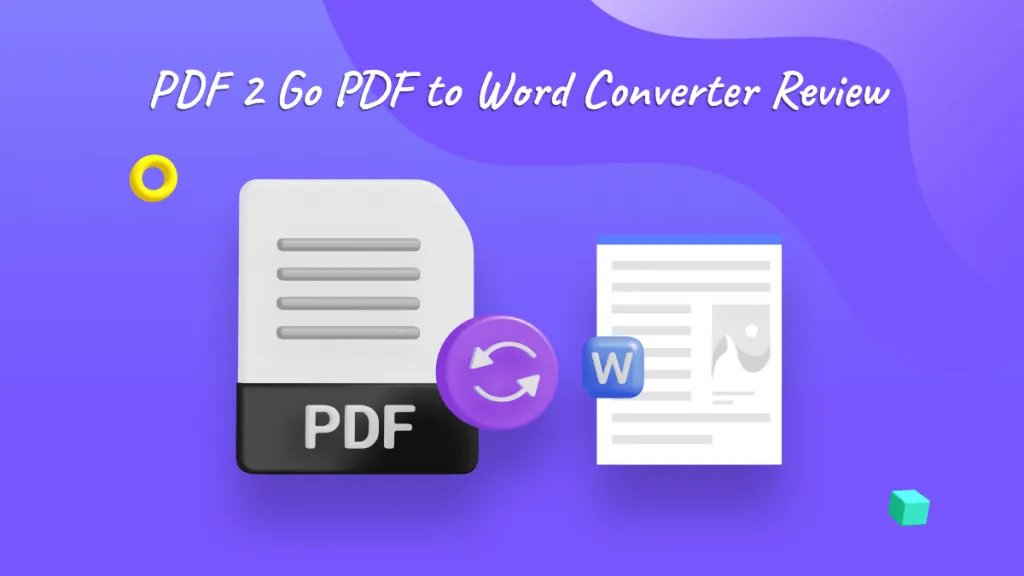
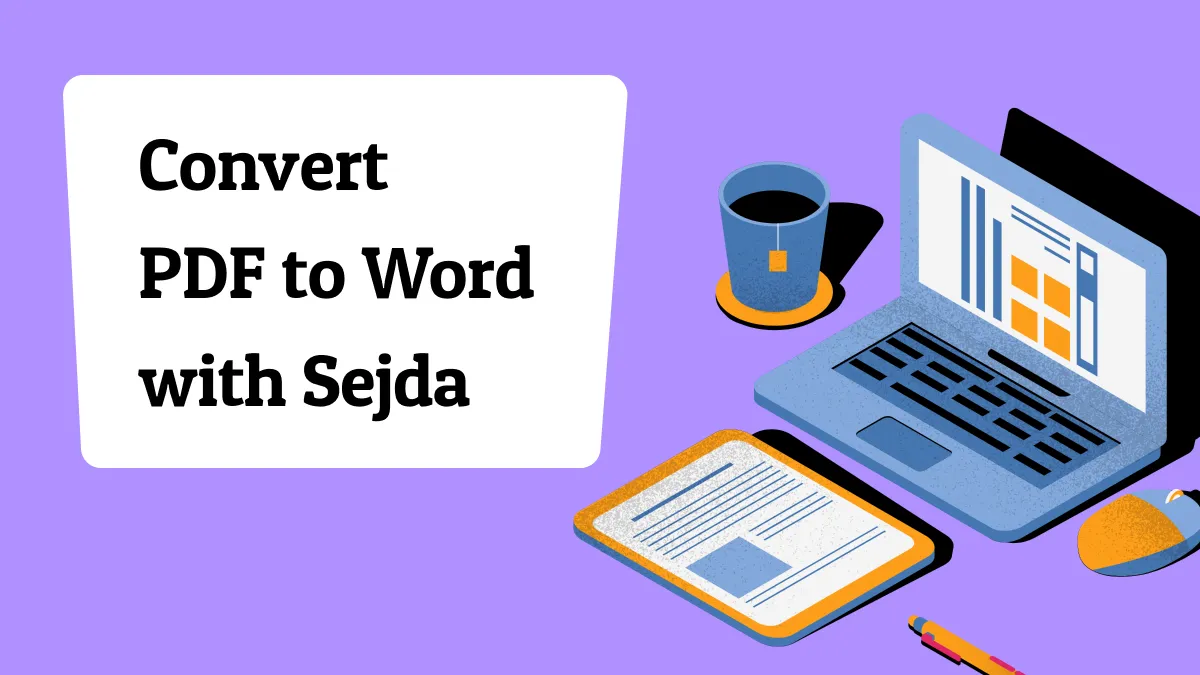
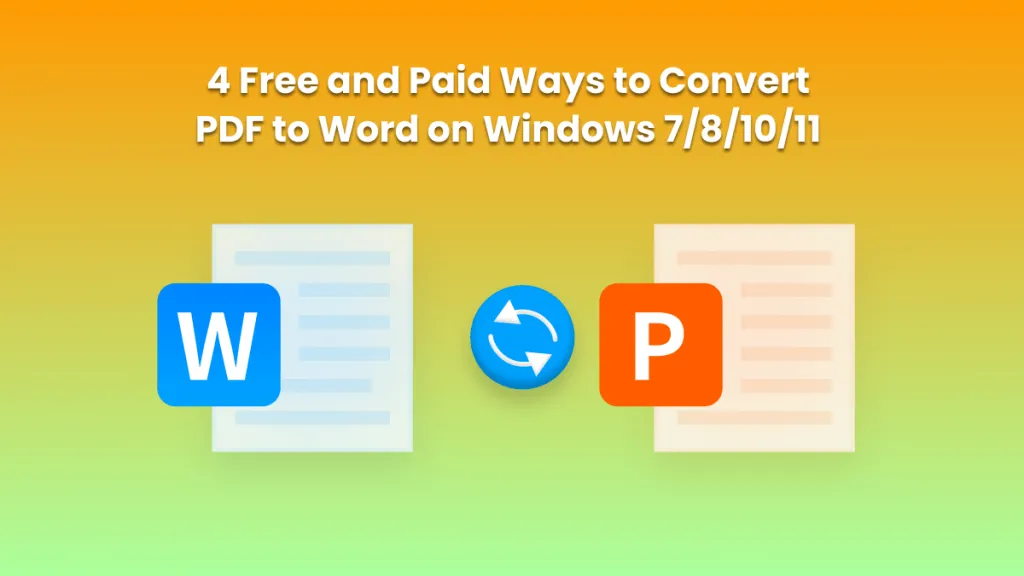
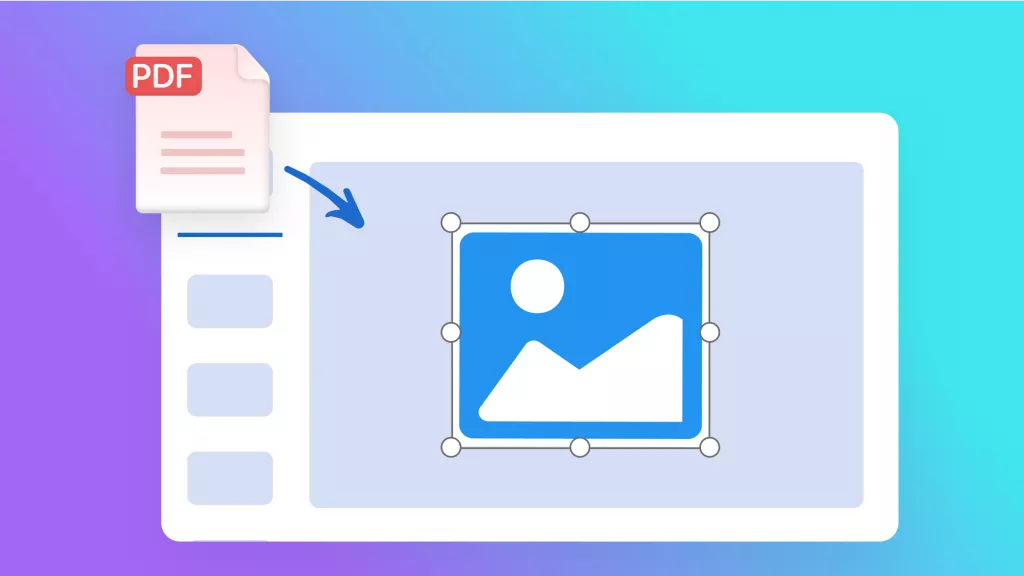
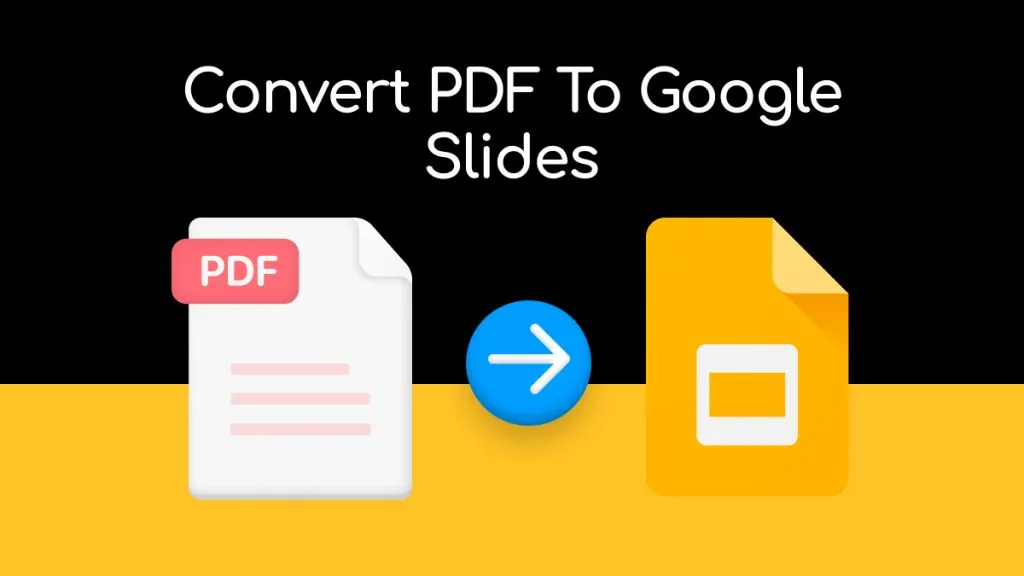
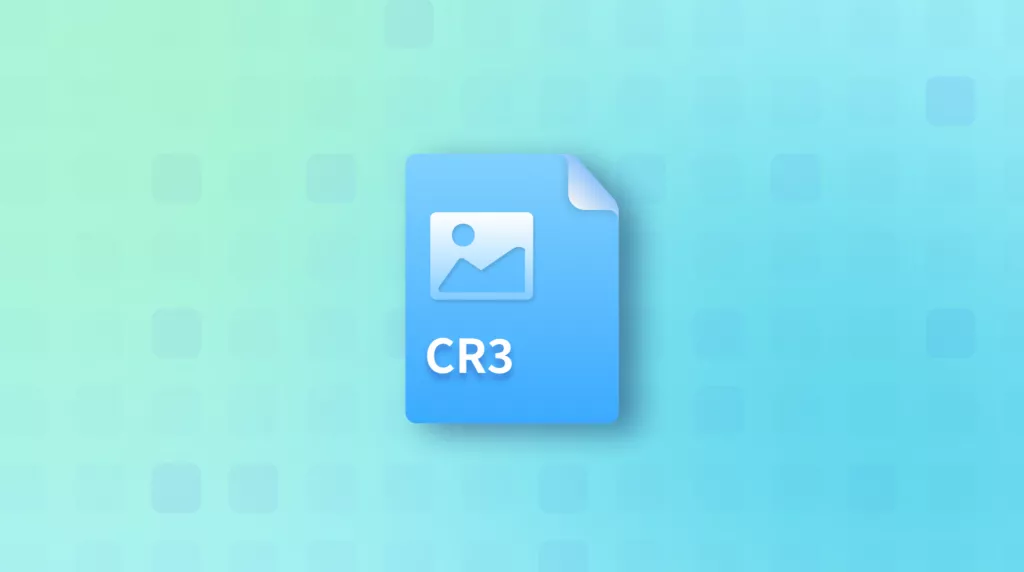

 Enid Brown
Enid Brown 
 Enola Miller
Enola Miller 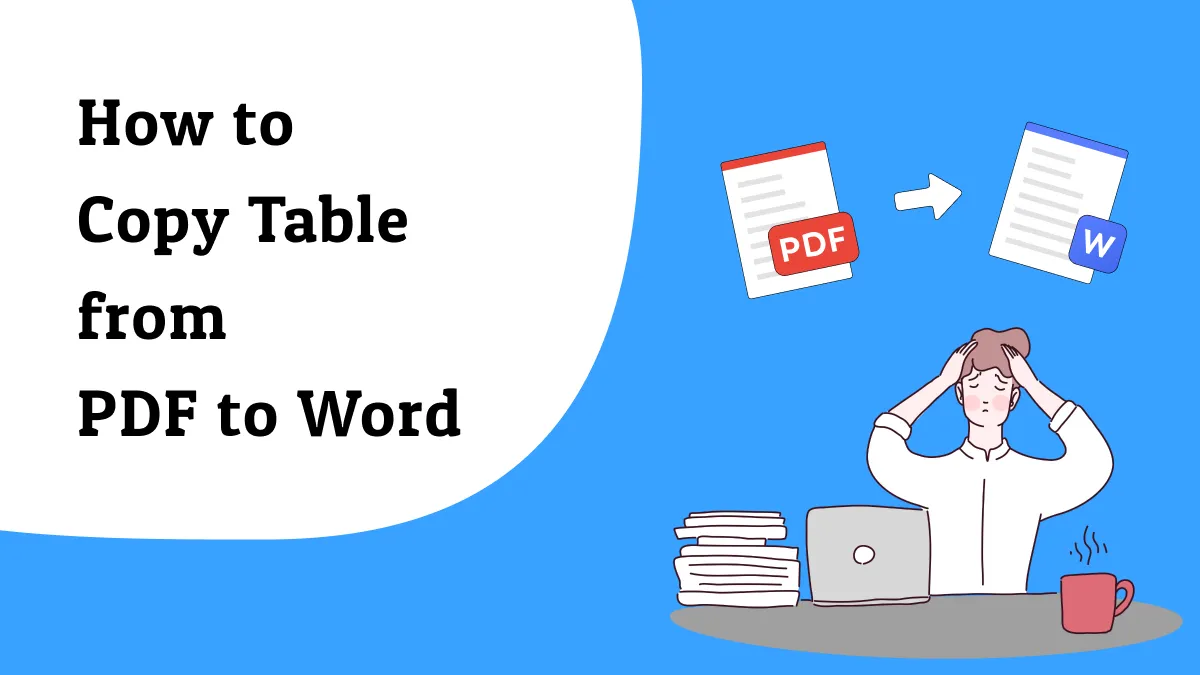
 Enrica Taylor
Enrica Taylor 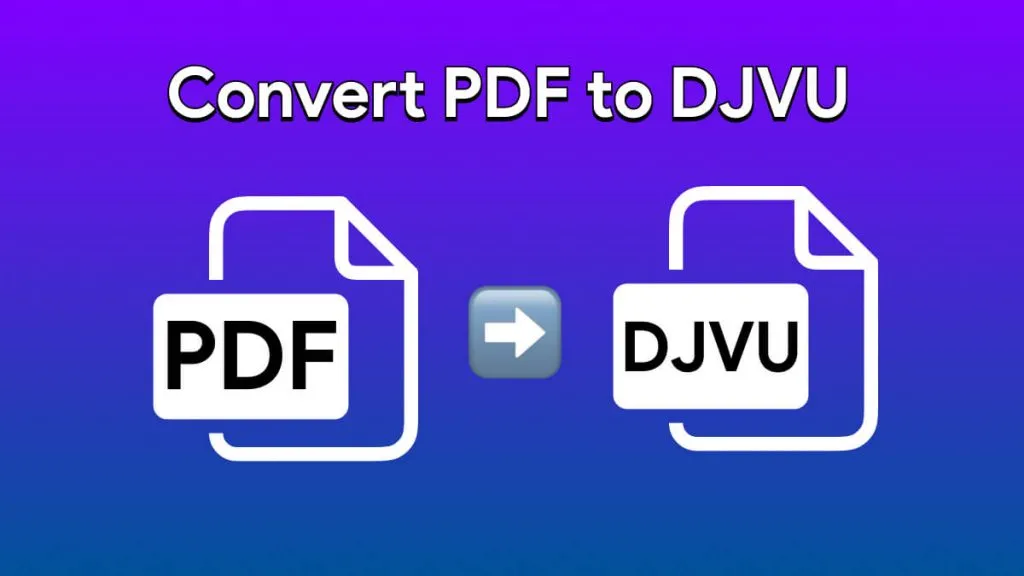
 Lizzy Lozano
Lizzy Lozano 